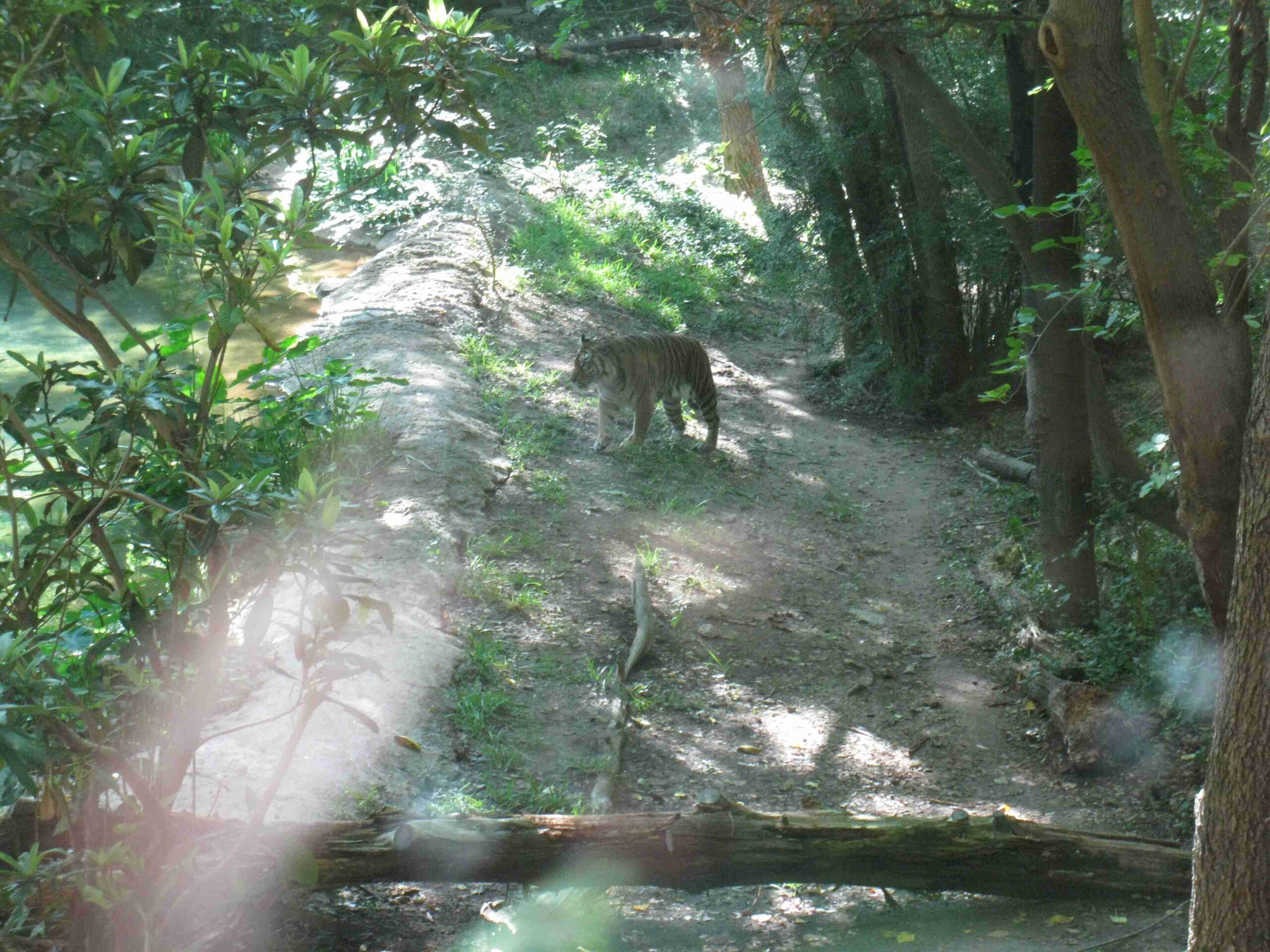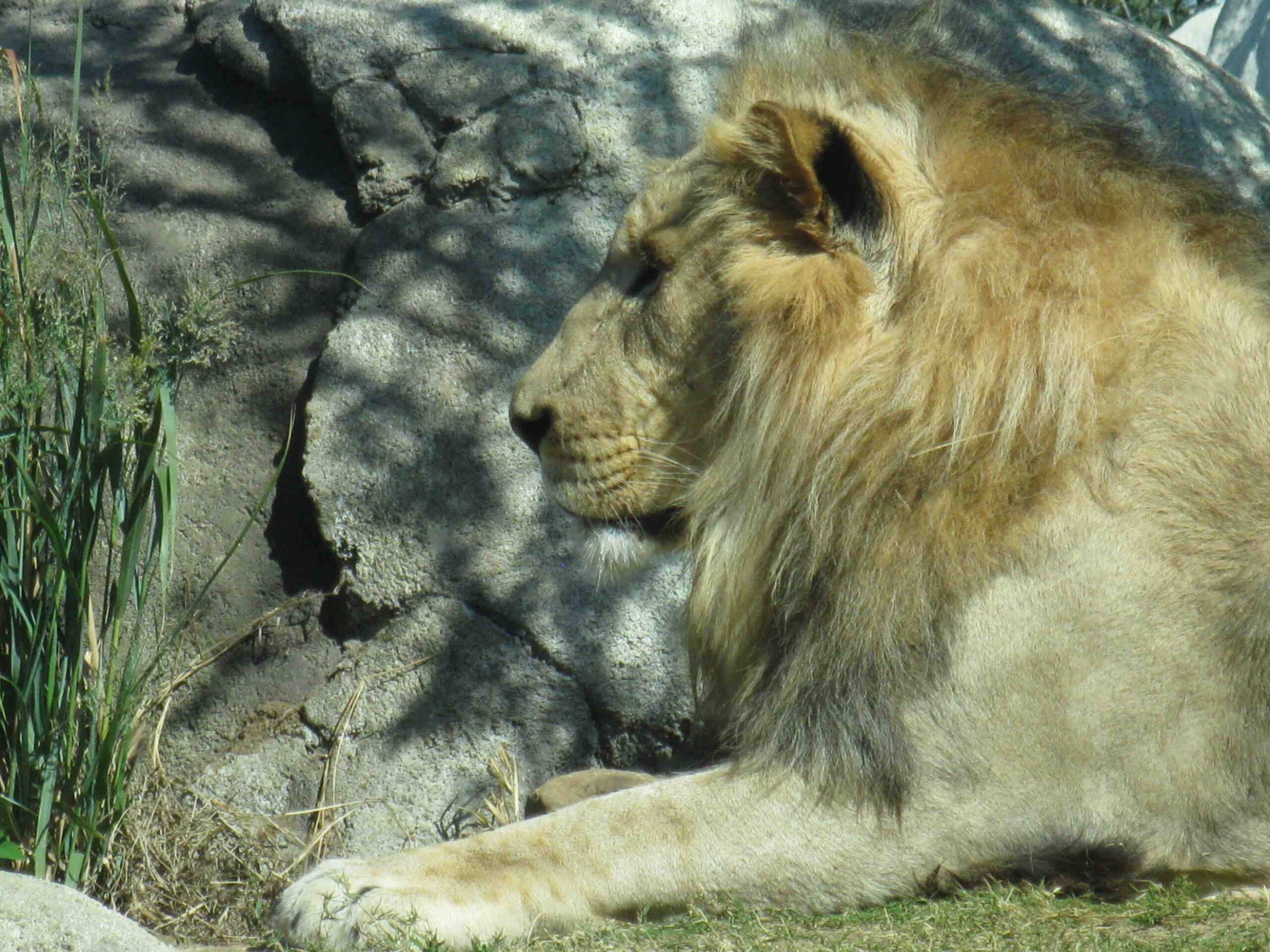The Dallas Zoo’s clouded leopard exhibit is a captivating attraction that showcases one of the world’s most elusive and beautiful big cats. Located in the northeast section of the zoo, this habitat provides visitors with a unique opportunity to observe these rare felines up close. The exhibit is designed to mimic the clouded leopard’s natural environment, offering both the animals and visitors an immersive experience. With its vulnerable conservation status, the presence of clouded leopards at the Dallas Zoo plays a crucial role in education and conservation efforts.
What Makes the Dallas Zoo Clouded Leopard Exhibit Unique?

The clouded leopard exhibit at the Dallas Zoo stands out for several reasons:
- Strategic Location: Situated between the tamarin and primate areas, near the Children’s Zoo
- Natural Habitat Simulation: Designed to replicate the lowland tropical rainforests of Southeast Asia
- Viewing Opportunities: Offers visitors multiple angles to observe these elusive cats
- Educational Focus: Provides information about clouded leopards and their conservation needs
Exhibit Features
- Vegetation: Lush greenery mimicking tropical forests
- Climbing Structures: Tall trees and platforms for the leopards to climb and rest
- Water Features: Small pools or streams to simulate natural water sources
- Enrichment Elements: Various toys and scent-based activities to keep the leopards stimulated
How Does the Dallas Zoo Care for Its Clouded Leopards?

The care of clouded leopards at the Dallas Zoo involves a comprehensive approach:
Diet and Nutrition
While specific details for the Dallas Zoo are not provided, clouded leopards in captivity typically receive:
- Ground beef
- Frozen-thawed rabbits
- Rats
- Cooked chicken
- Herring
- Bones (for dental health and enrichment)
Feeding usually occurs twice a week, with bones provided separately for additional enrichment.
Health Monitoring
Regular health check-ups are conducted, including:
- Physical examinations
- Blood tests
- Dental checks
- Weight monitoring
What Conservation Efforts Involve the Dallas Zoo Clouded Leopards?
The Dallas Zoo likely participates in several conservation initiatives for clouded leopards:
- Species Survival Plan (SSP) participation
- Breeding programs to maintain genetic diversity
- Research collaborations with other institutions
- Public education about clouded leopard conservation
Conservation Status
Clouded leopards are classified as ‘Vulnerable’ by the IUCN Red List due to:
- Habitat loss
- Poaching for their beautiful fur
- Fragmentation of populations
How Can Visitors Experience the Dallas Zoo Clouded Leopard Exhibit?
Visitors to the Dallas Zoo can enjoy the clouded leopard exhibit through various means:
- Observation Areas: Multiple viewing points to see the leopards in their habitat
- Educational Signage: Informative displays about clouded leopard biology and conservation
- Keeper Talks: Possible scheduled presentations by zoo staff (check daily schedules)
- Interactive Elements: Potential touchscreen displays or activity stations near the exhibit
Best Times to Visit
- Early morning or late afternoon when the leopards are most active
- During feeding times (check with zoo staff for schedules)
- Cooler months when the leopards may be more visible
What Makes Clouded Leopards Unique Among Big Cats?
Clouded leopards possess several distinctive features:
- Exceptionally long canine teeth (proportionally longest of any living feline)
- Highly flexible ankle joints allowing head-first descent of tree trunks
- Unique cloud-like coat pattern
- Ability to hang upside-down from tree branches using their long tails
Physical Characteristics
| Feature | Description |
|---|---|
| Weight | 11-23 kg (24-51 lbs) |
| Length | 60-110 cm (24-43 inches) body, 61-91 cm (24-36 inches) tail |
| Coat | Distinctive cloud-like pattern on a tan or gray background |
| Eyes | Large, with vertical pupils for excellent night vision |
How Does the Dallas Zoo Contribute to Clouded Leopard Research?
While specific research projects at the Dallas Zoo are not detailed, zoos housing clouded leopards often contribute to:
- Behavioral studies
- Reproductive research
- Genetic diversity analysis
- Nutrition and health studies
These research efforts help improve captive care and inform conservation strategies for wild populations.
What Challenges Do Clouded Leopards Face in the Wild?
Clouded leopards encounter numerous threats in their natural habitats:
- Deforestation and habitat loss
- Poaching for fur and body parts
- Human-wildlife conflict
- Climate change impacts on their forest ecosystems
The Dallas Zoo’s exhibit helps raise awareness about these challenges and the importance of conservation efforts.
How Can Visitors Support Clouded Leopard Conservation?
Visitors to the Dallas Zoo can contribute to clouded leopard conservation in several ways:
- Donate to the zoo’s conservation fund
- Adopt a clouded leopard through the zoo’s adoption program
- Educate others about the species and its conservation needs
- Support sustainable products to reduce habitat destruction
- Volunteer for local conservation organizations
By engaging with the clouded leopard exhibit at the Dallas Zoo, visitors not only enjoy a unique wildlife experience but also play a role in supporting the conservation of these magnificent felines. The exhibit serves as a crucial link between the public and the ongoing efforts to protect clouded leopards in the wild, making every visit an opportunity to contribute to the survival of this vulnerable species.
